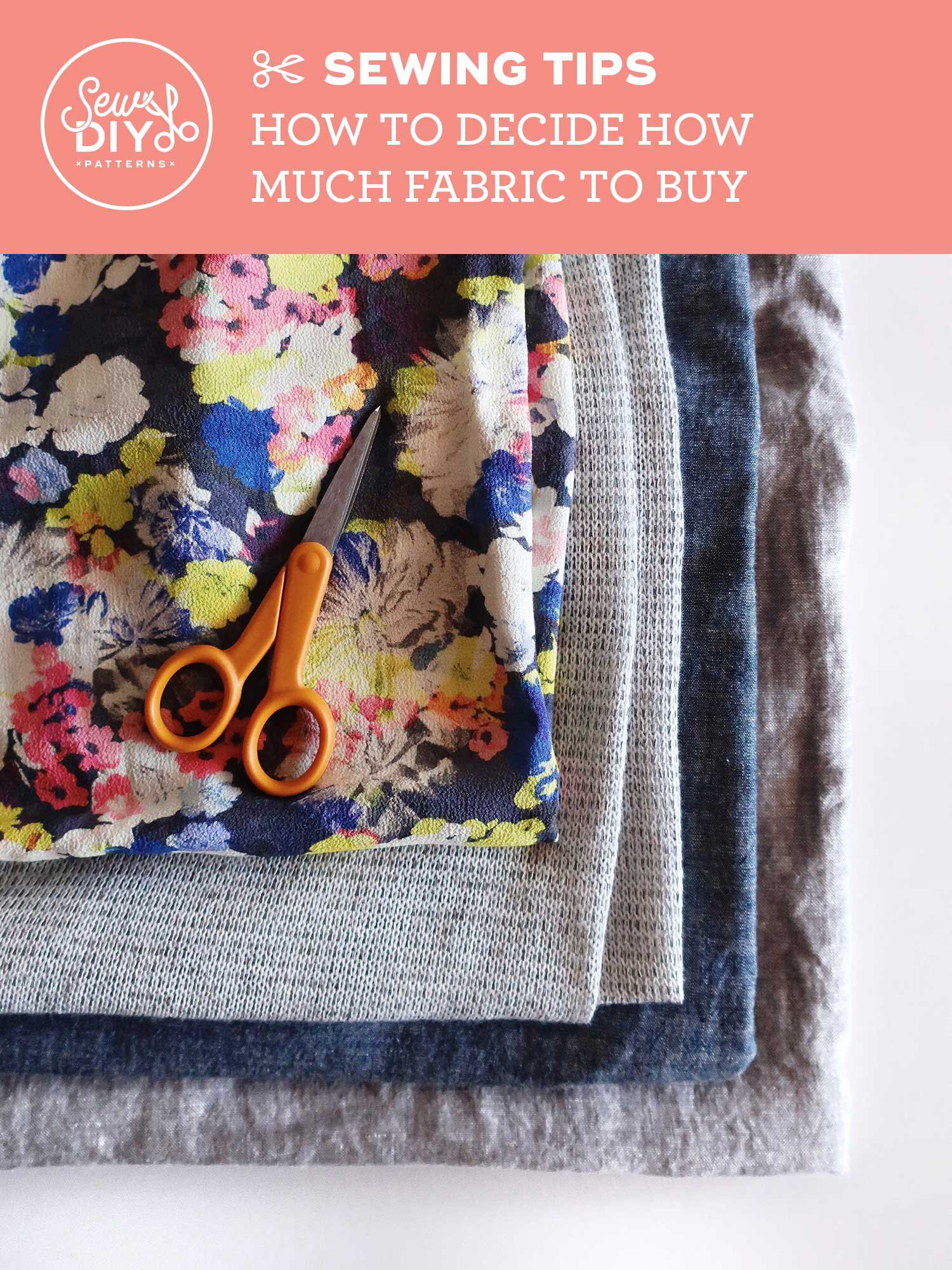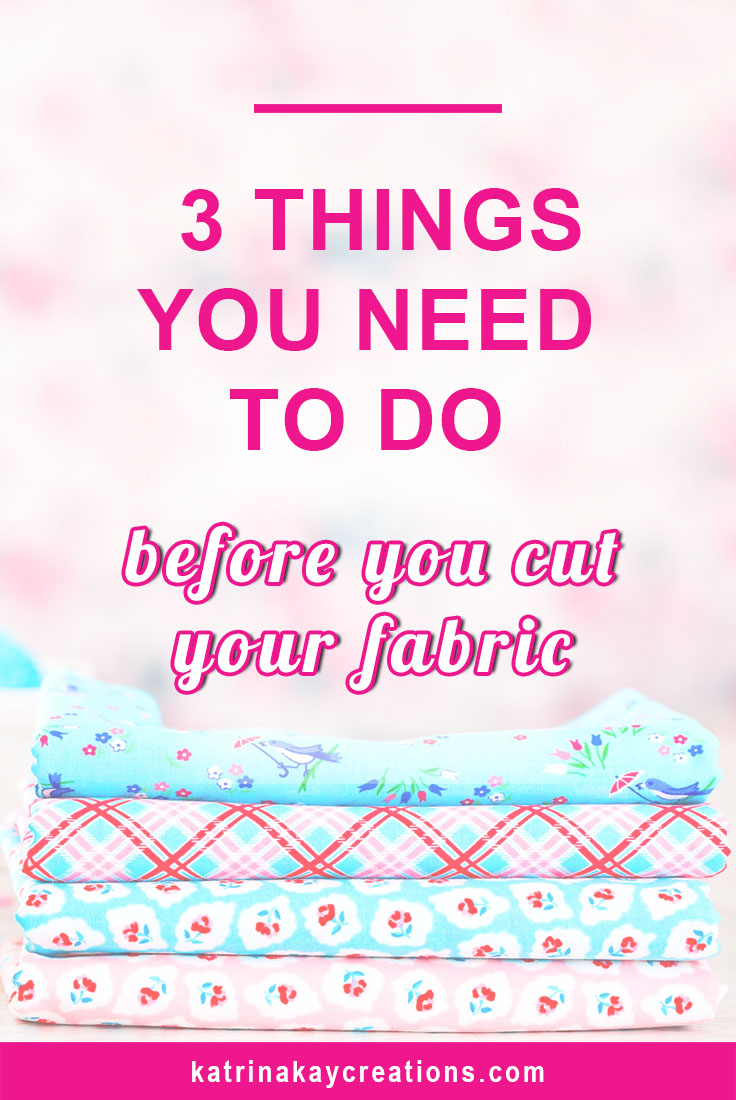The Main Principles Of All 4 Way Stretch Fabrics
The Main Principles Of All 4 Way Stretch Fabrics
Blog Article
Things about All 4 Way Stretch Fabrics
Table of ContentsSome Known Factual Statements About All 4 Way Stretch Fabrics Getting The All 4 Way Stretch Fabrics To Work4 Easy Facts About All 4 Way Stretch Fabrics ExplainedHow All 4 Way Stretch Fabrics can Save You Time, Stress, and Money.The Greatest Guide To All 4 Way Stretch FabricsGetting My All 4 Way Stretch Fabrics To WorkAll 4 Way Stretch Fabrics for Dummies
As I also want UV security from my garments when I head out, I would select a largely woven cotton fabric. Even the underclothing is much better in cotton (No spandex bands anywhere near the skin). Take a look at the very best materials ideal for making summer clothing. One even more consideration when purchasing the textile is the method it will after cleaning.A secure bet would certainly be to acquire at the very least 10% extra textile. If you can get preshrunk material, this is the best.

If you are matching the color, like selecting the cellular lining for the primary material or selecting material to add as trim, this is particularly crucial. The material showrooms will normally have a light well where you can see the material in sunlight (or a window with good light from outside).
All 4 Way Stretch Fabrics Can Be Fun For Everyone

A lot of textiles have to do with 44 wide. When you most likely to purchase material, estimate just how much you desire initially and then most likely to the shop. Have a look at this blog post to understand the response to this regularly listened to inquiry "Exactly how much material do I need". With a fat quarter, you will certainly get an 18 vast by 22 long.
These are available in the shops I constant as cut pieces they are mainly treasured low and a few of them, when they are last off the screw, prized extremely reduced. You will certainly have to ask the salespersons for pieces like that. Some terrific deals can be had in this manner. In dressmaking, we purchase textile by the yard/meter.
The 30-Second Trick For All 4 Way Stretch Fabrics
In a quarter of a yard, you get a 9 by 44 strip of material, which is about 22 cm in length. According to the size of fabrics, they might be called single-width and double-width.
You can find out more concerning yard to meter conversion right here. Look into this post on checking out a measuring tape Pick materials that are not also hard or inflexible, or you would not be comfy in them. Bed linen, Jeans, flannel, For colder environments, pick wool (100% in addition to woollen blends) woollen tweeds, woollen crepe; it essentially relies on what pants you are talking regarding Tailored trousers, Unstructured Pant, Combined, Jeans.
All cotton materials are excellent for youngsters. Knit textiles are likewise terrific for kids you can go for woollen knits.
What Does All 4 Way Stretch Fabrics Do?
Take a look at this article on the most effective material for clothing for babies and kids for even more detail on this topic. Light-weight cotton is my favorite to stitch skirts. Cotton grass cloth in attractive prints is terrific. Silk jacket is a terrific textile for sewing skirts, as is Ponte Roma weaved fabric.
Also, drapey rayons, soft wool, lycra blends, and stretch velours are all appropriate for stitching skirts. Wool (Wool crepe has a fantastic drape and gives enough structure for jackets; wool tweeds are fantastic also), Linen & Flannel. Velvet (Look Into the slouchy velvet sports jacket tutorial, incidentally). Lightweight knits benefit free-flowing coats such as this waterfall coat pattern Raw silk, satin, taffeta, velvet, Shoelace, silk chiffon, and Fabric are all wonderful for making dresses.
You can acquire medium-weight materials with some spandex/elastane added for a suitable bodycon-type outfit. For drapey dresses, you can pick light-weight textiles. Crepe, challis, and charmeuse are all drapey materials fit for this style.
Light-weight cotton textile, Cambric, Chintz, Twill, Faille, Seersucker, Poplin, lightweight woven broadcloth, batiste, linen, eyelet are good for making shirts and shirts. I love chiffon shirts. Smooth satin textile is great for making ventilated tops. Take a look at the article on the 7 best materials for making tee shirts. Making stoles and scarves require various factors to consider for the material check out this post on the fabrics for making headscarfs When buying formed material (a lot of the patterned material comes with a width of 45 or 54 inches), there will certainly be pattern repeat in these textiles, and this should be thought about Recommended Reading when reducing material in addition to purchasing them i.e., if you intend to match the patterns at the joints.
The 9-Minute Rule for All 4 Way Stretch Fabrics
This blog post has the names of all the checkered patterns and this, red stripe patterns. The motifs will certainly be distributed in a planned style on the material. However you may observe occasionally If the print is not positioned on the textile correctly, it can not be matched or lined up when constructed without misshaping the textile and the hang of the garment.


You can discover more regarding grain and grainline of fabric right here. The textile weight depends on many variables like the weave, fiber type, and so on and is generally represented by GSM. GSM can vary from 60 -700; 700 being the GSM of really top quality woolen textile. A denim fabric has a GSM of 400, depending upon the weave.
One point you have to keep in mind is that greater fabric weight does not represent higher fabric quality. It simply is a sign of the suitability of the fabric for a certain project. You can pass by high fabric weight fabric denim for a lightweight floating serape. Understanding the material weight is beneficial when comparing the exact same sort of textiles, yet also this will certainly depend upon its application.
In a nutshell, the most vital standards to look for in the fabric you get are as complies with (https://www.pinterest.com/pin/994803005190107672). The number of threads per inch of textile (yarns-per-inch).
What Does All 4 Way Stretch Fabrics Mean?
In top notch fabric, this equilibrium (either in numbers or in size) will certainly always be kept. Processes utilized on textile to improve appearance and efficiency.
A two-ply yarn transcends to a single-ply thread.
If you are obtaining all set to start a brand-new sewing project, picking a textile will certainly be the most essential step once you determine what you intend to make. After you've mosted likely to all the difficulty and expense of buying the sewing equipment you enjoy, a pattern you like, and a material you like, you want the finished product to be a success, right? One way to accomplish that is to begin by making certain your material is truly appropriate for the job.
Things about All 4 Way Stretch Fabrics
As an example, if you're making a patchwork, you'll automatically want to use quilter's weight cotton for finest outcomes. Yet what happens if you wish to make an item of clothes? Exactly how do you know which textile will give you the finest outcome? Choosing a textile simply due to the fact that you love the print or style on it isn't always the very best technique.
You understand. In order to stay clear of doing an entire task for essentially absolutely nothing, we've assembled some tips to assist you determine which material is best for your job. Let's say you currently have a project in mind; exactly how do you find the appropriate fabric for it? One method is to look at similar things in storesor ones you already have.
Think of the qualities you desire the completed item to have. Do you want a solid shade or a print? If you are making a non-wearable item such as a cushion cover or pot holder, use a durable fabric such as canvas.
There is a lot information around regarding fabrics, their characteristics, and their usages, it could reach be overwhelming! Do not try to take it in all at as soon as; simply begin with the job at hand. Learn all you can concerning the fabric you use for this set task.
Report this page